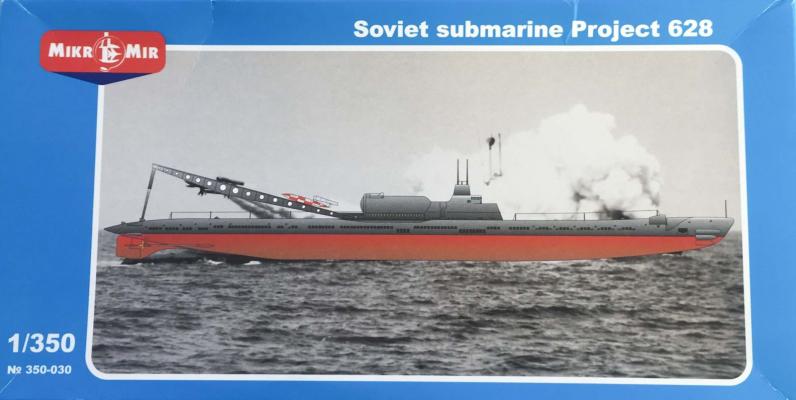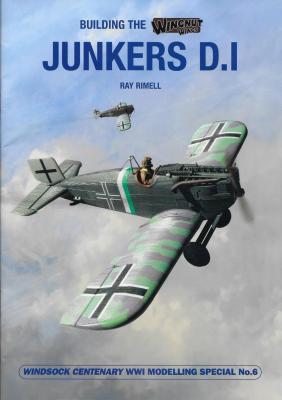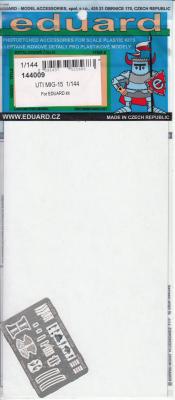Project 628 was a design study, circa 1952-1953, to fit a Vladimir Nikolayevich Chelomei (Влади́мир Никола́евич Челоме́й) sub-sonic cruise missile to the 1,500-ton diesel-electric Soviet XIV series K-Class sub. The Russian Project 628 proposal is similar to what the US Navy did with a ‘Loon’ launching from a Gato Class submarine, the USS Cusk SSG-348. The original K-Class design was approved in 1936 as a long range "cruiser submarine" with a heavy torpedo and gun armament. The boats could operate as a "fleet submarine" working with the battle fleet or as long range commerce raiders. The double hull was divided into seven compartments. It was originally planned to carry a small floatplane for scouting but this concept was abandoned when the planned aircraft proved too flimsy. Twelve submarines were built, although seven of them ended up being trapped in Leningrad by the Germans, and were not finally completed until after the end of the war.
Welcome to the IPMS/USA Reviews site!
Introduction: The primary organization of the IPMS/USA Review website is by IPMS/USA National Contest Class. Within each Class there are sub-menus by kits, decals, books, etc. The Miscellaneous Class is for items that are not class specific or that cross two or more classes.
IPMS/USA Members: We encourage you to submit reviews, both here and to the Journal. To volunteer for membership in the IPMS/USA "Reviewers Corps" and submit your own reviews, please read the Guidelines For Submitting Product Reviews.
Manufacturers, publishers, and other industry members: IPMS/USA is pleased to offer your company the opportunity for product reviews. All product reviews are performed by IPMS/USA members, and are posted in the publicly-accessible section of our website. With very few exceptions, we perform full build reviews of new kit releases, aftermarket products, and supplies. If you would care to provide product samples for review, please contact John Noack, IPMS/USA 1st VP.
To learn more about IPMS/USA, please see our About Us page.
This is another high-quality resin aftermarket product from QuickBoost and their parent company Aires.
These gun barrels are a simple replacement for the 1/32 Revell He 219 barrels. They are attached to a resin stub, and each gun will need to be removed with a razor saw. All the barrels show fine detail and hollowed barrel ends.
Per the QuickBoost instructions when using Part # 2 (that replaces kit part # F41), the outer two barrels need to be removed. QuickBoost shows where to cut with the use of indentations in the stub. This is also shown in the Revell instructions. These guns will be used in the forward fuselage belly. The two guns that were removed can be used in the upper fuselage gun pack if required.
Part 1 is a wing root mounted gun and replaces Revell kit # G50.
This is the sixth, and latest, in Albatros’ series of “Windsock Centenary WW1 Modeling Specials,” each dedicated to building specific Wingnut Wings Kits
The booklet itself is done to very high publication standards, featuring 44 full-color, glossy pages within covers of slightly thicker stock.
In keeping with the format of the series, this book covers a step by step build of WNW’s latest release, the Junkers D.1. There are also scale plans, a collection of photos from a special archive, and a nice appendix.
Justo Miranda is well known for his books on Luftwaffe paper projects and designs, having published many soft cover and hard cover books on these subjects. His background as a tech drawer and advisor to the Spanish Air Force Museum have aided in the quality of his books.
This book covers the jet fighter designs of Kurt Tank and Focke-Wulf. It is divided into 29 chapters covering the jet designs that were proposed in WWII and beyond by the company and Mr. Tank.
Focke Wulf, producers of the superb Fw-190 and its derivatives were probably “saved” by their decision to go with a radial engine design thus not being in direct competition with the favored Messerschmitt Company for inline engines since by winning the 1936 fighter competition meant it had first priority for advanced inline engines.
This is the photoetch upgrade set for Eduard’s 1/144 MiG-15 UTI kit, stock number 4444.
The PE fret contains parts for the cockpit, undercarriage doors, wing fences and antennas.
The PE is done concurrently with the kit build, as the tiny parts in the cockpit are just too small to manage while the parts are mounted inside the fuselage. The cockpit upgrade consists of instrument panels, control sticks, side consoles, and seat belts.
The additions to the cockpit make it stand out and look really good.
I did not use the wing fences. I just don’t have the skill with the glue to make these look convincing. I have done this before with other kits, and the bottoms of the fences always look blobby, with areas not well connected.
On to page 2 of the instructions.















